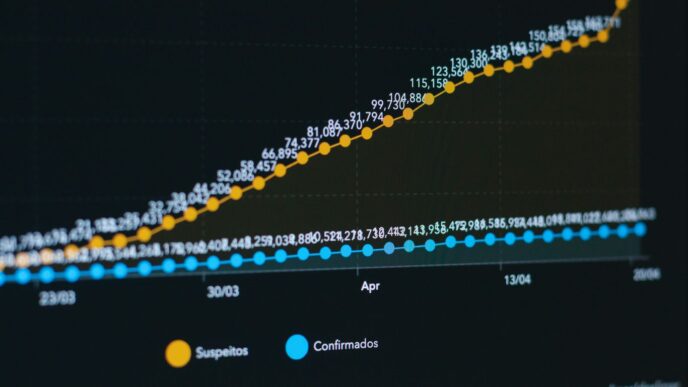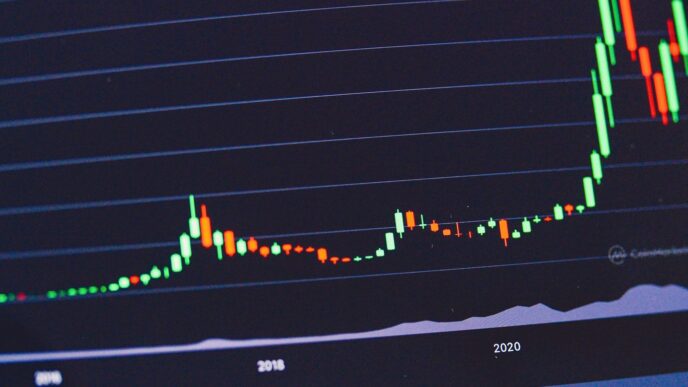In today’s fast-paced digital economy, businesses are constantly upgrading their technology to stay competitive. From servers and laptops to storage devices and networking equipment, IT assets form the backbone of modern organizations. But as newer systems replace older ones, a critical question emerges: what happens to outdated equipment? This is where IT Asset Disposition (ITAD) plays a vital role. ITAD refers to the processes and strategies that ensure retired IT assets are managed in a secure, compliant, and environmentally responsible manner.
Understanding ITAD in the Modern Context
ITAD goes beyond simply discarding old devices. It encompasses data security, regulatory compliance, environmental sustainability, and value recovery. When companies retire equipment, they must ensure that sensitive data stored on devices is completely destroyed. Failing to do so can lead to serious data breaches and regulatory penalties. At the same time, the growing focus on sustainability has increased pressure on businesses to minimize e-waste and recycle responsibly.
This makes ITAD not just an operational necessity but also a strategic business function. Organizations across industries—finance, healthcare, government, and retail—are integrating ITAD practices into their lifecycle management policies to protect brand reputation, safeguard customer data, and reduce their environmental footprint.
Market Growth and Potential
The ITAD industry has experienced significant growth as businesses prioritize secure and eco-friendly practices for their old IT equipment. Increasing regulations around data privacy and environmental responsibility, combined with the exponential rise of electronic devices, are fueling demand.
The IT Asset Disposition (ITAD) Market size was valued at USD 20.11 billion in 2024 and is expected to grow to USD 40.9 billion by 2032, and grow at a CAGR of 9.3% over the forecast period of 2025-2032.
This impressive growth trajectory highlights the importance of ITAD as both a compliance-driven necessity and a business opportunity. Companies that proactively manage ITAD not only avoid risks but also unlock additional value through resale, refurbishment, and recycling initiatives.
Key Drivers Behind ITAD Adoption
Several factors are shaping the increasing relevance of IT Asset Disposition in today’s business landscape:
- Data Security Concerns: As cybercrime continues to escalate, organizations must guarantee that no residual data is recoverable from decommissioned assets. Data destruction processes—whether physical shredding or certified wiping—are central to ITAD.
- Regulatory Compliance: Governments worldwide are tightening data protection and e-waste disposal regulations. From GDPR in Europe to HIPAA in the U.S., compliance with laws has become a driver for ITAD adoption.
- Sustainability Goals: Many businesses are setting ambitious ESG targets. Proper ITAD contributes directly to sustainability by reducing landfill waste and promoting circular economy practices.
- Rapid Technological Advancements: Shorter technology lifecycles mean companies replace equipment more frequently. This creates an ongoing need for structured ITAD programs.
- Cost Optimization: Organizations increasingly recognize the financial benefits of ITAD. Reselling or refurbishing assets can offset disposal costs and generate revenue streams.
Emerging Trends in ITAD
The ITAD landscape is evolving as businesses respond to technological and environmental shifts. Some notable trends include:
- Integration with Circular Economy Models – ITAD is no longer about disposal alone. Refurbishment, redeployment, and recycling are becoming central themes, aligning ITAD with circular economy initiatives.
- Growth of Cloud and Remote Work Impacts – With the widespread adoption of cloud computing and remote work, companies are managing larger volumes of laptops, tablets, and smartphones, all requiring secure disposition.
- AI and Automation in ITAD Processes – Artificial intelligence is streamlining asset tracking, audit trails, and compliance reporting, improving efficiency and accuracy.
- Increased Focus on Environmental Certifications – Organizations are choosing ITAD partners with recognized environmental certifications to demonstrate responsibility to stakeholders.
- Expansion of Global ITAD Services – As enterprises operate across multiple geographies, they require standardized ITAD services worldwide, driving consolidation in the industry.
Industry Applications
The relevance of ITAD spans across multiple industries. In the financial sector, secure ITAD prevents customer data leaks and ensures compliance with stringent regulations. In healthcare, ITAD plays a crucial role in safeguarding patient records under HIPAA and similar laws. Government agencies also rely on ITAD to protect classified information, while retailers and manufacturers manage vast amounts of POS systems and supply chain devices that require responsible disposition.
Furthermore, educational institutions, telecom providers, and cloud service operators are increasingly dependent on ITAD practices due to the volume and sensitivity of data they handle.
Future Outlook for ITAD
Looking ahead, IT Asset Disposition is expected to evolve from a compliance-driven function to a core part of corporate sustainability strategies. Companies are likely to adopt ITAD not just as a way to meet regulatory requirements, but as a means of enhancing brand value, building trust, and contributing to global environmental goals.
The growing awareness of the environmental and social impact of e-waste will continue to drive innovation in recycling technologies, asset refurbishment, and secondary market opportunities. Additionally, stricter global regulations will push organizations to adopt standardized ITAD programs across all geographies where they operate.
Conclusion
As technology continues to advance, the lifecycle of IT assets will inevitably shorten, making ITAD an indispensable function for modern organizations. Secure, compliant, and sustainable ITAD practices protect sensitive information, help companies meet regulatory requirements, and reduce environmental impact. At the same time, ITAD creates opportunities to recover value from retired assets, turning a potential liability into an advantage.
The accelerating growth of the ITAD industry underscores its importance in today’s digital-first, sustainability-conscious world. For businesses, adopting a forward-looking ITAD strategy is not just about disposal—it’s about responsibility, compliance, and long-term resilience.














